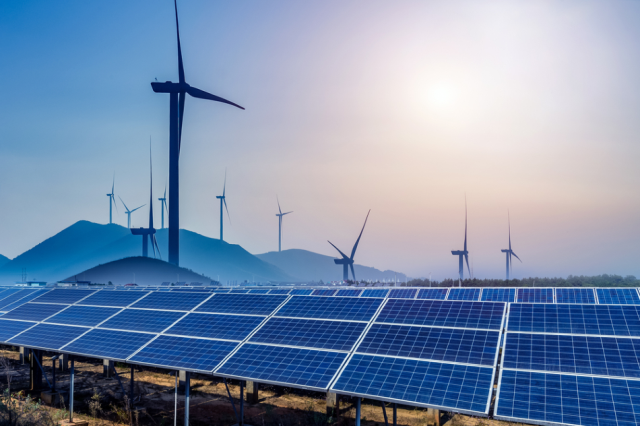by Pinaki Bhattacharya, MD and CEO, Amp Energy India
Renewable Energy has established itself as the technology of choice for new power generation capacity globally and India’s achievements towards transitioning to a secure, affordable and sustainable energy system to power robust economic growth have been outstanding. India is now the 5th largest market for RE in the world, 4th largest market for wind and 3rd largest market for solar in the world only behind China and US.
India is running one of the largest and most ambitious renewable capacity expansion programs in the world of achieving 175GW of RE by 2022 and appropriate policy thrust to support this plan have been instrumental in driving up capacity addition.
Today, India is one of the countries with the largest contribution of renewable energy to the total energy mix ~ 35% of RE in total electricity generation and its recent status of lowest cost solar power producer has proven that shift towards a dominant renewable energy market is imminent.
India’s renewable energy growth story has been a success story through its compelling business case of maximizing the falling renewable technology costs as the key to future energy decarbonization.
According to IEA, India will be the largest contributor to the renewables upswing in 2021 and one of the key forces behind the record global expansion driven by wind, solar PV and hydro power. But it remains to be seen whether India would be able to achieve this or if there are any headwinds to restrict this possibility.
The growth of the sector has been largely driven by a gamut of factors such as favourable policy and regulatory framework for accelerated growth of renewables, providing incentives and subsidies for faster adoption, streamlining the approvals and clearance processes for land, regulatory and connectivity approvals and such.
Now amidst the current pandemic situation, one of the segments that has not been affected or the least affected by it has been the renewable energy segment and rightly so. Renewable Energy has defied the difficulties caused by the pandemic, proving robust growth versus other conventional power sources as the whole process of power generation in renewable energy generation is automated with no physical supply of fuel.
This has proven that renewable energy is resilient, dispatchable and adaptable and is definitely the future of energy.
Having said that, we still have to go a long way in terms of achieving our targets and making renewable energy mainstream. The sector is facing headwinds because of policy uncertainty, curtailment of renewables and delays in payments from state discoms and ongoing execution delays due to challenges in land acquisition, availability of evacuation infrastructure and financing. This has led to dampening of investor confidence and is affecting the economic attractiveness of the sector. Moreover, the focus on increasing solar generation and capacity may have come at the cost of wind energy, as large amount of wind potential remains under-utilised.
Policymakers still need to take steps to support the strong momentum behind renewables and provide a consistent and stable policy environment that strengthens the sector as a whole.
Renewable energy has been a bright spot in the Indian power sector and it is important that the growth trajectory is maintained. A steady flow of funds, policy clarity and ease of doing business will ensure that the Renewable Energy success story in India will continue unabated.






